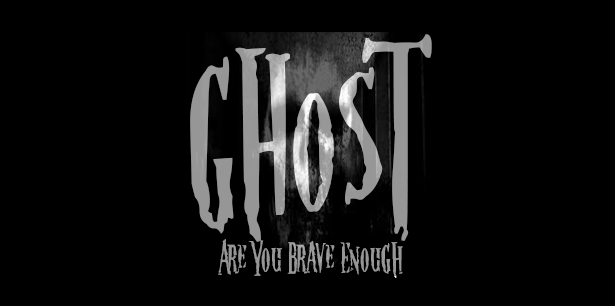In the heart of darkness, amidst the twisted corridors of human malevolence, there lies a tale so macabre, it shivers the very foundations of our fears. Edward William Pritchard, an English doctor, wielded the delicate art of healing as a cloak to disguise his insidious appetite for death. His

chilling reign of terror would leave an indelible mark on the annals of horror.*
Born into a naval family on a fateful day in December, Pritchard's journey commenced with a facade of normalcy. But behind the veneer of respectability lurked a monster destined to wield his medical knowledge as a weapon against the unsuspecting.
Pritchard boasted of his studies at King's College Hospital and his supposed graduation in
1846. His path then led him to the Royal Navy, where he served as an assistant surgeon on the dreaded HMS Victory. But the allure of exploration soon engulfed him, and for years he sailed across the vast expanse of the world aboard various ships, embracing the sinister shadows that danced upon the ocean's surface.
In Portsmouth, England, Pritchard encountered the woman who would become his wife and unwitting accomplice in his descent into darkness. Mary Jane Taylor, the daughter of a prosperous silk merchant, would soon bear witness to the horrors that lay dormant within her betrothed.
Leaving behind the navy, Pritchard embarked on a career as a general practitioner in Yorkshire. But it was his tenure in Glasgow that would etch his name in infamy. Within the very walls of his family home

, tragedy struck with the voracity of a ravenous beast, igniting the flames of horror that consumed all in its path.
A servant girl, Elizabeth McGrain, met a ghastly fate when fire engulfed the Pritchard residence. The insidious nature of her demise hinted at an unseen hand guiding the flames—an ominous sign of the horrors yet to come. The authorities investigated, but their efforts proved futile, unable to penetrate the veil of darkness that enshrouded Pritchard's true intentions.
And then, death descended upon his family like a plague. First, his mother-in-law, Jane Taylor, succumbed to a sinister poison coursing through her veins. Shortly after, Pritchard's wife, plagued by an illness he himself claimed to treat, met her untimely demise. Both women found their resting
place in the chilling embrace of Grange Cemetery, a testament to the twisted mind that orchestrated their demise.
Dr. Paterson, a man privy to Pritchard's wicked machinations, sensed the foul play that danced upon the fringes of his perception. Despite his suspicions, he hesitated to reveal the damning truth to those in authority, forever marked by a reticence that would haunt him until his dying days.

Anonymous whispers reached the ears of the authorities, revealing the heinous crimes concealed by Pritchard's facade of respectability. When the graves were exhumed, the truth could no longer be contained. The bodies of his victims, tainted by the poison of antimony, laid bare the extent of Pritchard's malevolence.
In the hallowed halls of justice, Pritchard faced his final reckoning. A five-day trial ensued, each agonizing moment baring the depths of his depravity for all to witness. The High Court in Edinburgh presided over by the Lord Justice Clerk, Lord Glencorse, cast its judgment upon this embodiment of terror. And so, amidst the horrified gaze of thousands, Pritchard met his ultimate fate—public execution, a chilling spectacle that seared itself into the collective memory of Glasgow.
This harrowing tale of Edward William Pritchard has resonated throughout popular culture, an
everlasting reminder of the darkness that dwells within the human soul. From the stage to the screen, his story has been immortalized, forever reminding us that the boundaries between healers and killers, between light and shadow, are as fragile as the gossamer thread that separates us from the abyss.
And so, the name Pritchard lingers, a haunting echo of terror and the enduring question that claws at the depths of our nightmares—how close do we tread upon the threshold of evil before becoming engulfed in its voracious embrace?
#MurderousIntent #ShadowsOfEvil #MalevolentHealer #GlasgowHorror #LegacyOfFear #TrueCrimeTerrors #TwistedMedicine
Feel free to use these hashtags to




